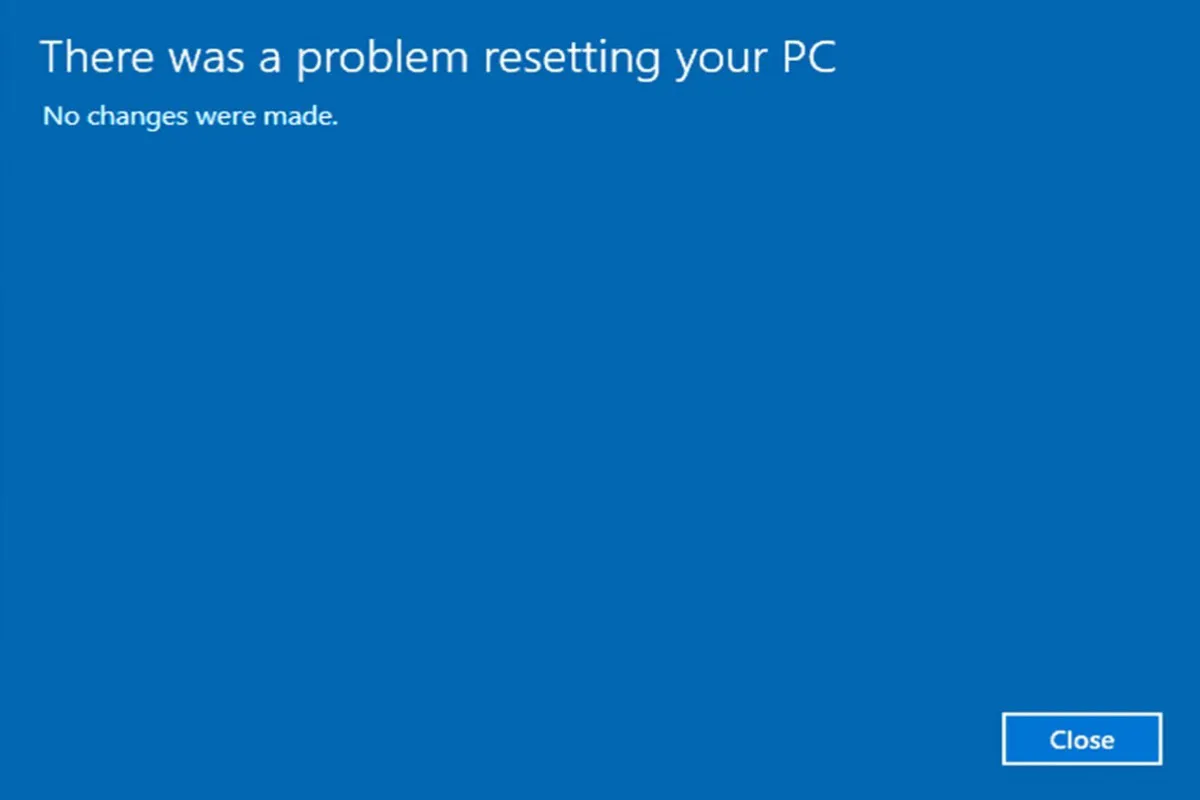Hey my pal, I'm glad to tell you that I have used BitLocker for my private and significant files since I got this Windows computer.
Compared to password protect files or folders, BitLocker is a full-disk encryption feature for Windows. It can protect your data by encrypting the whole volume and preventing unauthorized access. Only the encryption key or recovery key can make the data readable.
Here are the computers that can launch BitLocker and you can have a look real quick:
- Ultimate and Enterprise editions of Windows Vista and Windows 7;
- Pro and Enterprise editions of Windows 8 and 8.1;
- Pro, Enterprise, and Education editions of Windows 10;
- Windows Server 2008 and later.
If you make sure that your computer supports BitLocker Drive encryption, you can then start it now. You should be reminded that ways to enable BitLocker on a device with TPM and without out TPM are quite different. If you're interested, read on. This post is going to introduce to you how to enable BitLocker on a device.
To enable BitLocker on a device with TPM:
Step 1: Select the Start button > Control Panel > System and Security > BitLocker Drive Encryption.
Step 2: Under the "Operating system drive" section, click the Turn on BitLocker option.
Step 3: Select a way to save the recovery key.
Step 4: Select how much the drive space to encrypt.
Step 5: Choose an encryption mode to use.
Step 6: Check the Run BitLocker system check option.
Step 7: Click the Continue button, then click to restart.
To enable BitLocker on a device without TPM:
Step 1: Select the Start button and search for gpedit, then select the Local Group Policy Editor.
Step 2: Navigate to Computer Configuration > Administrative Templates > Windows Components > BitLocker Drive Encryption > Operating System Drives.
Step 3: Double-click the Require additional authentication at startup policy, then select the Enabled option.
Step 4: Check the “Allow BitLocker without a compatible TPM (requires a password or a startup key on a USB flash drive)” option.
Step 5: Click Apply, then click OK.
Step 6: Select the Start button > Control Panel > System and Security > BitLocker Drive Encryption.
Step 7: Under the "Operating system drive" section, click the Turn on BitLocker option.
Step 8: Select the encryption to unlock method, a USB, or a password.
Step 9: Create and confirm the password.
Step 10: Select a way to save the recovery key.
Step 11: Select how much the drive space to encrypt.
Step 12: Choose an encryption mode to use.
Step 13: Check the Run BitLocker system check option.
Step 14: Click the Continue button, then click to restart.
Also read:
[Solved] How to enable BitLocker on Windows 11/10 Home?
How to Find BitLocker Recovery Key And Do BitLocker Recovery?
How to Unlock BitLocker Drive Without Password & Recovery Key?


